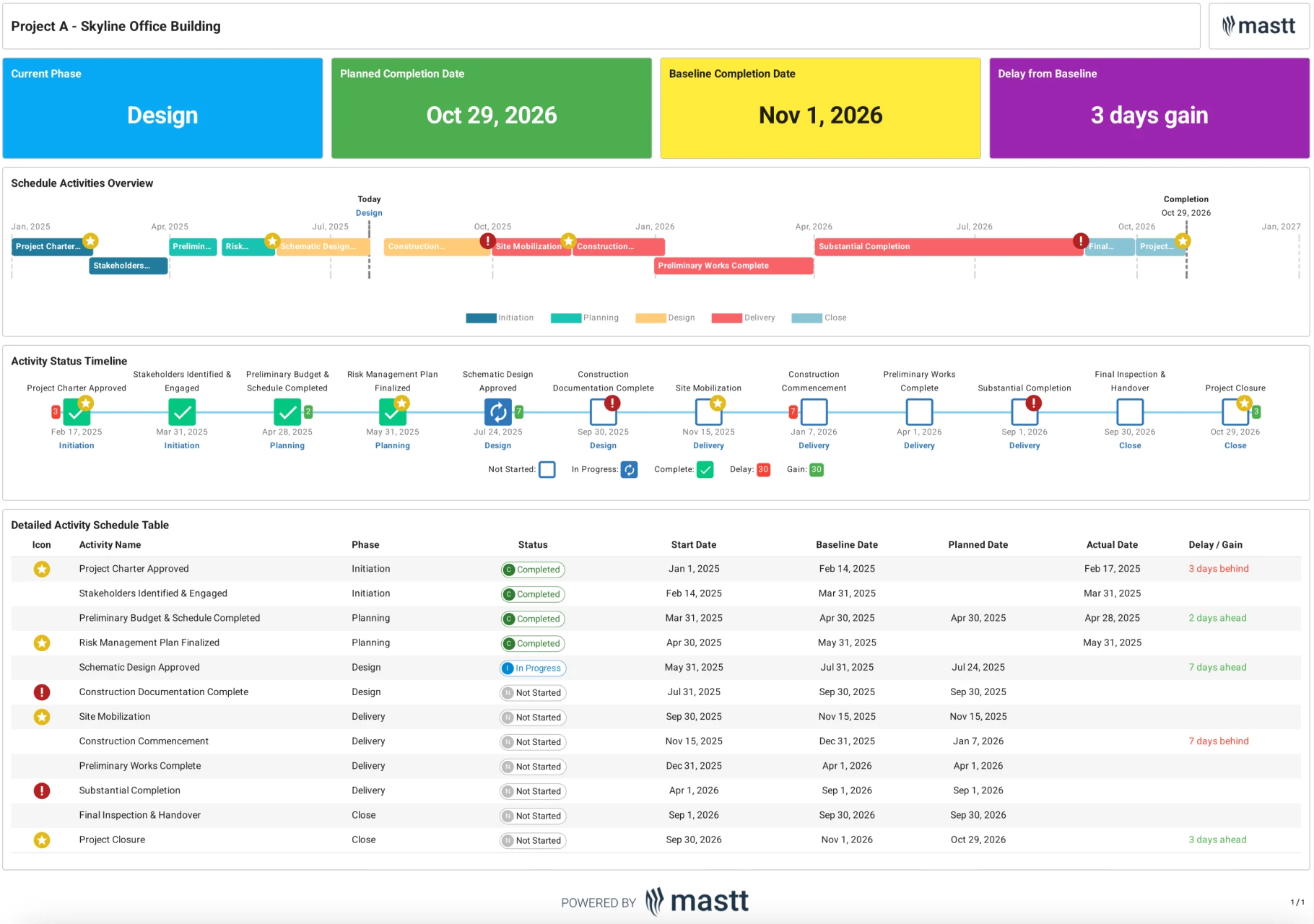In construction project management, timing is everything. One key concept that plays a significant role in maintaining a project’s schedule is float time. If you’re involved in project scheduling, understanding float time is essential for keeping your construction projects on track.
What is Float Time in Critical Path?
Float time, also referred to as “slack,” is the amount of time a task can be delayed without affecting the overall project completion date. In simple terms, it’s a buffer that helps project managers optimize the timeline and adjust activities without compromising the final deadline. When using Critical Path Method (CPM) scheduling, float time is a crucial factor in evaluating flexibility within the project schedule.
The Different Types of Float Time: Free Float vs Total Float
There are two primary types of float time that you should know: free float and total float. Free float refers to the amount of time a task can be delayed without affecting the start of the next activity. On the other hand, total float is the total amount of time a task can be delayed without impacting the project’s completion date.
Total float is a more comprehensive measure, as it encompasses the entire project, while free float focuses on individual activities. Understanding the difference between these two types can help you manage both the critical path and non-critical activities effectively.
How to Calculate Float Time
Calculating float time is a fundamental skill in project scheduling. Here’s a simple formula:
- Float Time Formula: Float = Late Start (LS) - Early Start (ES) or Float = Late Finish (LF) - Early Finish (EF)
To put it in context, let’s assume you have a task that can start as early as Day 5 and as late as Day 10 without delaying the next task. The float time here would be five days. This allows flexibility and provides a cushion if unforeseen circumstances arise.
How to Find Float Time in a Project Schedule
Finding float time within a project schedule involves understanding and mapping out the critical path. The critical path is the sequence of tasks that determine the minimum project duration. Any delays in tasks on this path will directly impact the project’s completion. By identifying non-critical tasks and analyzing their float time, project managers can allocate resources and adjust timelines efficiently.
The Impact of Negative Float
While float time generally provides a positive cushion, negative float indicates a delay in the schedule that threatens the project’s deadline. Negative float is a red flag that requires immediate corrective action, such as fast-tracking or crashing activities to bring the project back on track. Ignoring negative float can lead to serious delays and budget overruns.
Why Float Time Matters in Construction Projects
Float time is more than just a technical metric; it plays a crucial role in ensuring the success of construction projects. Here are some of the most important reasons why float time matters:
- Flexibility to Accommodate Delays: Float time acts as a buffer to handle unexpected events like bad weather or material delays without affecting the overall project completion date. This flexibility allows for smooth adjustments to the timeline.
- Improved Task Prioritization: Monitoring free float (FF) enables project managers to prioritize tasks efficiently. Critical tasks with zero or low float can be moved to the top of the list, ensuring that the project remains on track.
- Enhanced Resource Allocation: By identifying tasks with float, managers can strategically reallocate resources to critical activities, optimizing productivity and reducing the risk of delays.
- Increased Project Control: Keeping an eye on total float (TF) helps project managers maintain control over the schedule. When TF gets close to zero, it's a signal to deploy extra resources or communicate potential delays to stakeholders.
- Boosted Team Efficiency and Morale: Monitoring float allows project managers to anticipate and address delays early, preventing unexpected disruptions and keeping teams informed. This transparency helps maintain efficiency and team morale.
Summary of Key Points on Float Time
- Float time is the amount of delay that can be absorbed without affecting the project’s deadline.
- Free float vs total float: Free float affects succeeding tasks, while total float impacts the overall timeline.
- Use the float time formula (LS - ES or LF - EF) to calculate flexibility in your tasks.
- Identifying float time helps optimize resources and prevent delays in the project schedule.
- Negative float indicates urgent issues in the schedule that need to be addressed promptly.
Actionable Tips to Manage Float Time Effectively
- Identify the Critical Path: Establish the critical path in your project plan. Prioritize tasks along this path to ensure there is no negative float.
- Regularly Update Your Schedule: Periodically review and update your project schedule to account for any changes in float time.
- Use Project Management Software: Consider using reliable project management tools to automate float calculations and keep track of the critical path.
Key Takeaways
Understanding float time and its implications is crucial for any construction project manager. By leveraging this concept, you can make informed decisions, allocate resources wisely, and adapt to unforeseen challenges without impacting your project’s completion date. Float time isn’t just about flexibility; it’s about maintaining control and ensuring the success of your projects.













.avif)

